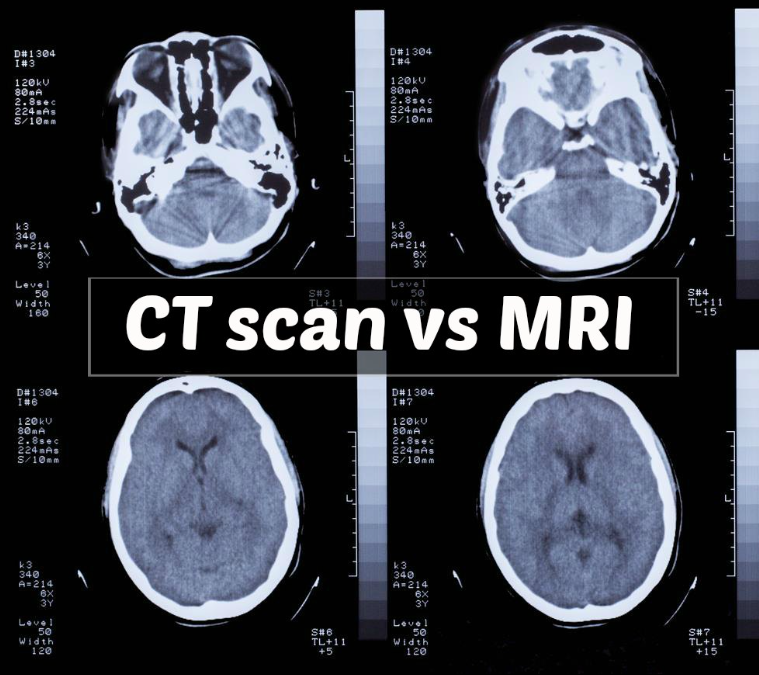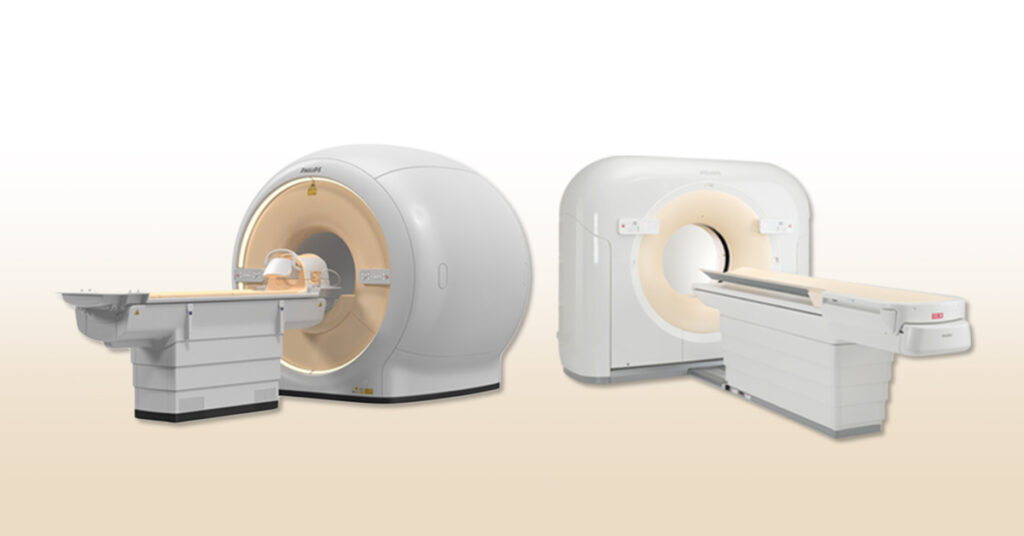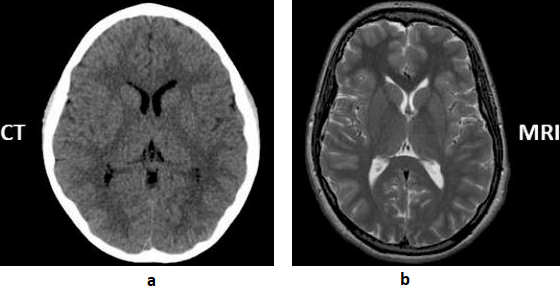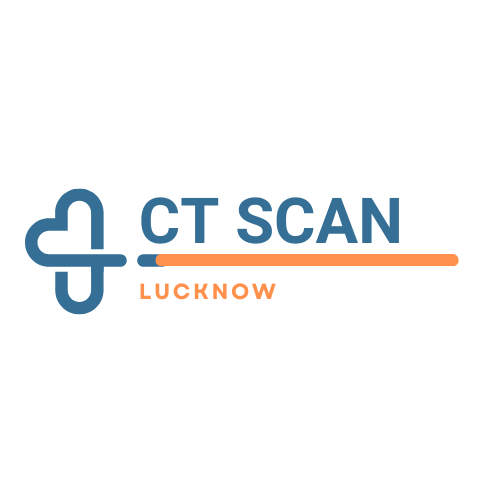Medical imaging stands at the forefront of diagnostic advancements. When individuals require detailed views of internal body structures, healthcare providers often suggest scans to ensure accurate identification of various conditions.
Among these, Magnetic Resonance Imaging (MRI) and Computed Tomography (CT) rank as two prominent choices. However, patients frequently wonder, what is the difference between MRI and CT scan in terms of accuracy, safety, comfort, and cost?

Why Medical Imaging Matters?
Accurate imaging helps doctors pinpoint issues within the body without resorting to invasive procedures. Whether someone experiences persistent headaches, suspects a bone injury, or needs organ evaluation, the right scan can offer critical insights. Early detection of problems often paves the way for more effective treatment, reducing complications down the line.
Elaborating on Imaging Significance
Modern medical care relies heavily on detailed visuals to guide treatment plans. While blood tests and physical exams provide valuable clues, imaging solidifies these clues into precise diagnoses.
Each scanning method has unique strengths that cater to different parts of the body. By understanding these strengths, patients and doctors alike can choose the most appropriate technique. This is where comparing MRI and CT becomes essential, ensuring that individuals receive the scan best suited for their condition.
What is an MRI?
MRI stands for Magnetic Resonance Imaging. A powerful magnetic field and radio waves come together to create in-depth pictures of organs, soft tissues, and skeletal structures.
How it Works?
- The patient lies on a sliding table that moves into a tunnel-like device.
- A strong magnet aligns the body’s hydrogen atoms. Next, radiofrequency pulses disrupt this alignment.
- Signals emitted as atoms realign are interpreted by a computer, forming cross-sectional images.
Advantages
- Exceptionally detailed views of soft tissues, nerves, ligaments, and the brain.
- No ionizing radiation is used.
Disadvantages
- Longer scan duration, typically ranging from 20 to 60 minutes or more.
- Enclosed space may cause discomfort for some, though open MRI machines help mitigate claustrophobia.
- Not always suitable for those with certain metal implants.
What is a CT Scan?
CT stands for Computed Tomography. This scan uses X-rays combined with computer technology to produce cross-sectional images of internal structures.
How it Works
- The patient lies on a table that slides into a circular machine.
- X-ray beams rotate around the body, capturing multiple angles.
- A computer then compiles these into layered images.
Advantages
- Quick imaging process, often under 10 minutes.
- Provides excellent details of bony structures, making it vital in emergency scenarios for detecting fractures or internal injuries.
- Less discomfort for patients due to short scanning times and a more open environment.
Disadvantages
- Involves ionizing radiation, necessitating cautious use, especially for repeated scans.
- Soft-tissue contrast is typically less refined than MRI images.

Key Differences at a Glance
- Core Technology
- MRI: Relies on magnetic fields and radio waves.
- CT: Uses X-rays.
- Radiation
- MRI: No exposure to ionizing radiation.
- CT: Exposure to low doses of ionizing radiation.
- Best For
- MRI: Ideal for brain, spinal cord, and soft tissues (muscles, tendons, ligaments).
- CT: Ideal for bone fractures, detecting internal bleeding, and rapid assessments.
- Scan Time
- MRI: Typically longer (20–60+ minutes).
- CT: Generally shorter (a few minutes).
- Patient Comfort
- MRI: Can be noisy and confined.
- CT: Less confining, faster procedure.
Which Scan Should You Choose?
Brain or Nerve Issues: If a doctor suspects multiple sclerosis, spinal cord compression, or brain lesions, an MRI offers unparalleled detail.
Bone Fractures and Emergencies: In acute settings where immediate answers are needed, CT scans are the go-to choice for revealing fractures or bleeding swiftly.
Soft Tissue Injuries: MRI clearly identifies ligament and tendon tears, making it essential for sports or joint-related injuries.
Chest and Abdomen Evaluation: CT scans are efficient for detecting tumors, organ injury, or fluid build-up in the abdomen. MRI can be used for more focused assessments when time allows.
Cancer Diagnosis and Staging: Both can detect tumors. CT quickly scans for potential spread, while MRI offers superior detail for delineating tumor boundaries and involvement of soft tissues.
Typical Findings
- MRI Findings
- Brain or spinal cord tumors, inflammation, or lesions.
- Detailed insights into soft tissue damage (ligaments, tendons, muscles).
- Organ-specific disorders, such as liver or pancreatic lesions.
- CT Scan Findings
- Bone fractures, subtle skeletal abnormalities.
- Internal bleeding or hemorrhage.
- Lung conditions (nodules, pneumonia) and abdominal issues like kidney stones.

Costs and Approximate Ranges
Healthcare expenses can vary based on the facility, geographic region, and whether contrast agents or specialized protocols are used. Below are rough estimates:
MRI: (Approximate): ₹5,000 to ₹25,000. Typically, higher costs are due to the complexity and duration of the scan.
CT Scan: (Approximate): ₹3,000 to ₹15,000. It is usually less expensive and faster than MRI.
Additional Points to Consider
- Claustrophobia: MRI machines can feel confining. Patients prone to anxiety may prefer open MRI facilities or may choose a CT if medically acceptable.
- Metal Implants: MRI may be unsuitable for those with certain pacemakers or metallic implants. CT is often used in such cases without issue, though metal parts can still cause image artifacts.
- Use of Contrast: Contrast agents are sometimes injected to enhance the visibility of tissues or blood vessels. Patients should disclose any allergies or kidney-related issues to ensure safety.
- Pregnancy and Children: MRI is usually recommended if imaging is needed during pregnancy to avoid X-rays. However, if an emergency arises and a CT is more appropriate, a doctor will discuss benefits versus risks.
MRI VS CT Scan
| Aspect | MRI | CT Scan |
| Imaging Technology | Uses a strong magnetic field and radio waves to produce detailed images | Uses multiple X-ray beams and computer analysis to create cross-sectional views |
| Radiation Exposure | No ionizing radiation | Involves ionizing radiation (low-dose X-rays) |
| Best For | Soft tissues (brain, nerves, muscles, ligaments), detailed neurological and spinal imaging | Bony structures, fractures, internal bleeding, quick trauma assessments |
| Bony Structure Clarity | Good, though CT is usually preferred for fracture detail | Excellent clarity for bones and calcifications |
| Soft Tissue Detail | Extremely high resolution for muscles, ligaments, tendons, and nerves | Sufficient for most clinical needs but generally less refined than MRI for soft tissues |
| Scan Duration | Typically longer (20–60+ minutes or more, depending on complexity) | Usually shorter (often just a few minutes) |
| Cost Range (Approx.) | ₹4,000–₹20,000 | ₹3,000–₹15,000 |
| Machine Environment | Tube-like, can be noisy, sometimes causing discomfort or claustrophobia | Donut-shaped, more open, faster, and often quieter |
| Implant Concerns | Not suitable for certain metal implants, pacemakers, or similar devices | Generally safe for most implants, though metal can cause image artifacts |
| Claustrophobia | More likely due to the enclosed tunnel and noise | Less likely, as the scanner is more open and scanning is quicker |
| Use of Contrast Agents | Frequently needed for vascular or organ detail, often gadolinium-based | Often used to highlight blood vessels or organs, typically iodine-based dyes |
| Allergic Reaction Risk | Low, but still possible with gadolinium contrast | Potential for allergy to iodine-based contrast; patients must disclose any known sensitivities |
| Sedation Requirements | Sometimes used for anxious individuals or those who can’t stay still for longer durations | Less common due to shorter exam times |
| Suitability in Emergencies | Less favored in acute trauma due to longer study times | Often the first choice in emergencies for rapid diagnosis of fractures or hemorrhage |
| Availability and Wait Times | May have fewer machines in some regions; longer wait times due to extended exam duration | Commonly available in hospitals; faster turnover, especially in emergency settings |
| Noise Level | Loud knocking and humming noises, headphones or earplugs are often provided | Generally quieter, though there is still some machine whirring |
Always consult a qualified medical professional to discuss any concerns, such as allergies, implants, or anxiety about the procedure.
Frequently Asked Questions
Which scan is safer?
Both are generally safe. MRI avoids ionizing radiation, while CT involves a controlled dose of X-rays. Medical professionals assess the necessity based on each patient’s situation.
Is it okay to have an MRI or CT during pregnancy?
In many cases, doctors prefer MRI to avoid radiation. However, in urgent circumstances where CT offers crucial information, a doctor will weigh the potential benefits and risks.

Will I need contrast dye?
It depends on the condition being investigated. Contrast can improve the visibility of blood vessels and certain tissues. Always inform the staff if you have any known allergies or kidney problems.
Why is MRI more expensive than CT?
MRI machines are costlier to purchase and maintain. Scans also take longer, requiring additional resources and time.
Can these scans detect cancer?
Yes, both are valuable in spotting tumors. CT scans identify potential metastatic regions quickly, while MRI provides clearer soft tissue details to determine tumor boundaries.
Does it hurt to undergo these scans?
Neither MRI nor CT causes physical pain. The main challenge is staying still. MRI can be noisy, and some people find the confined space uncomfortable.
Takeaway
Choosing between an MRI and a CT scan depends on several factors, including the suspected condition, time constraints, implant restrictions, and overall patient comfort.
If you ever find yourself asking, what is the difference between MRI and CT scan, remember that MRI excels in soft-tissue contrast without radiation, whereas CT offers faster imaging with excellent clarity of bone structures.
Both methods are invaluable tools in modern medical diagnostics, guiding doctors toward informed treatment decisions and better patient outcomes.
Hence, if you need clarity on what is the difference between an MRI and a CT scan for a particular health concern, consult a qualified medical professional who can assess your situation and recommend the best imaging method for you.
By doing so, you ensure an accurate diagnosis and a smoother journey toward better health.
